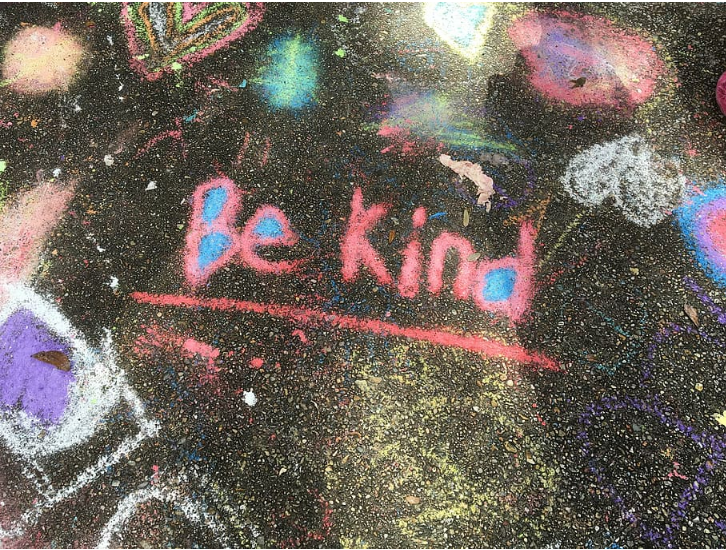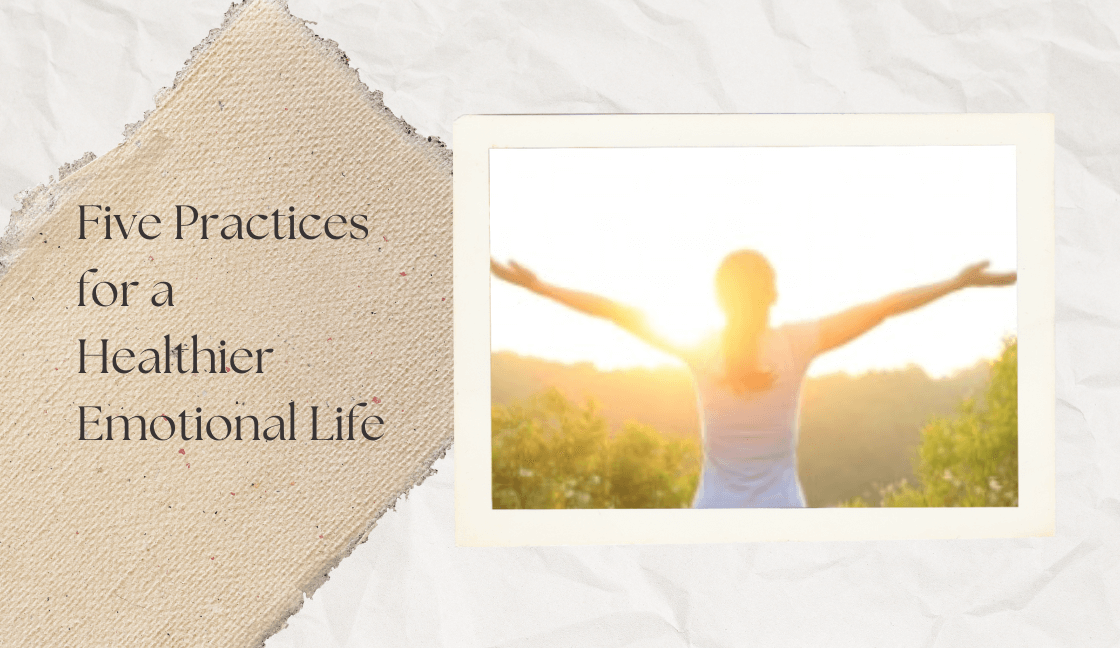
Five Practices for a Healthier Emotional Life

From Greater Good Science Center Newsletter:
By LAINIE ROWELL
All emotions are useful, the difficult ones included. So how do we accept and work with our feelings?
Tomorrow, the much-anticipated sequel Inside Out 2 premieres in theaters, making it a perfect time to revisit the science behind the original 2015 Pixar hit that brought psychological research into the public eye and emphasized the importance of embracing all emotions.
I recently talked with Dacher Keltner, one of the world’s foremost emotion scientists, the cofounder and faculty director of the Greater Good Science Center, and the scientific consultant for the first Inside Out. His collaboration with Pixar brought the science of emotion to the public in an engaging and impactful way.
His message to the creators of Inside Out was that what we often label as negative emotions—such as sadness, anger, and fear—are not just inevitable parts of being human but are essential to our emotional and psychological health. “All of the emotions have their purpose,” says Keltner. “Even an emotion like envy can lead you to good things if you use it in the right way and don’t hurt people.”
Sadness, anger, and fear connect us deeply with others, foster empathy, and serve as crucial alerts in our lives. Rather than suppress these feelings, argues Keltner, we should acknowledge and manage them. In some contexts, we may even want to lean into these emotions. For example, we might want to leverage an emotion such as anger in competitive settings like sports or an academic debate.
